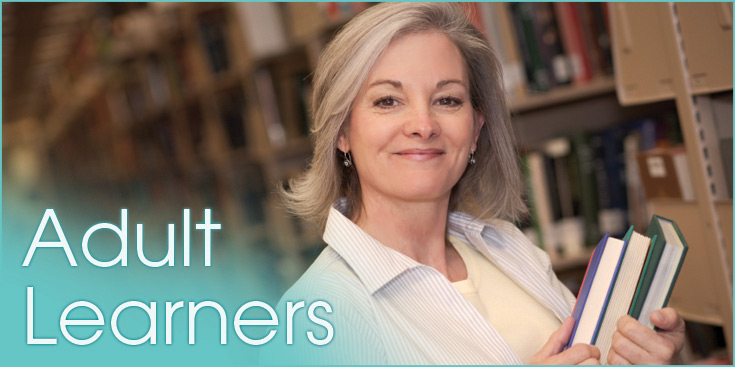Teaching at Centro Escolar INSA
On Saturday, September 22, I had to evaluate my students. The previous Saturday I told them to form groups of 3,4,5 or 6: after I made them to choose a country, and they were going to talk about the culture, the traditions, the religion or religions, and the typical food of the country that they had already choosen. One of the thing that made interesting this activity was that every group had to prepare one of the typical food of the country and to give a little bit of the food to their classmates, and everybody agreed.
I got up very early in order to be some minutes before the activity started because I wanted to monitor how they were going to arrange the classroom. I set the things that I was going to use in order to evaluate them.
I have uploaded some pictures in order to explain the job that my students did.
Well, this group talk about the United States of North America. The boy who is with the girls in the picture is good at English bacause of that he tried to show off in the presentation. This guy thinks that he is the know it all, but I tried to make him know that there is not reason to threat their classmates with indeference. The girls made a lot of mistakes, but I gave them feeback in order to make them know what their mistakes were.
This girls girls talked about Argentina. They all did a good job, and they show that all of them were ready. I liked the food that they prepared. Even though they did a good job, they made some mistakes. I gave them feedback, and they were aware of their mistakes. They said to me "thank you teacher, it will help us not to make the same mistakes in another presentation".
They talked about Italy. This group was the best of all. Not all of them are so good at English, but they did a good job. The third boy from left to right is very good at English; I think he had the level of a intermediate university student, I didn´t have that level when I was in high school. The other guys I think they learned the things by heart.
This guys talked about China. I think that like a teacher, I do not have to be so severed at the moment of evaluating my students, but those guys did not do a good job. I let them know that they could do a better job. Those guys were the ones who got bad grades. But I encouraged them to do a good job the next time.
Those girls talked about Mexico. Well in this group I cannot say that all of them did a good job. There were two girls who did not do a good job. I told them that when someone is working in a group, that person has to give the best because if he or she doesn´t, it will affect the grade of the group.
Those girls talked about El Salvador; they did a good job. The four girls like English, and they gave the best. Also I can say that the food they prepared was very good. They have problems at the moment of reading high quantities. But after the presentation I told them how to read high quantities.
Those girls talked about France. They did an excellent job, but they are taking English classes at UNICAES. Well they like English, and every time I asked them to participate: they helped me.
Those girls talked about France. They did an excellent job, but they are taking English classes at UNICAES. Well they like English, and every time I asked them to participate: they helped me.
But even though they did a good job, their classmates very not so happy because they just bring bread with an special souce.
Those girls talked about Brazil, and I think they could give more. They did a poor presentation, and also the food they bring was not so good. They made a lot of mistakes, but I gave them good feedback.
I really enjoyed this activity, and I ate a lot. I had fun, and my students had fun too. They learned new things about the others countries as I did it too. It made me feel good because I reached the objective of the activity.
























